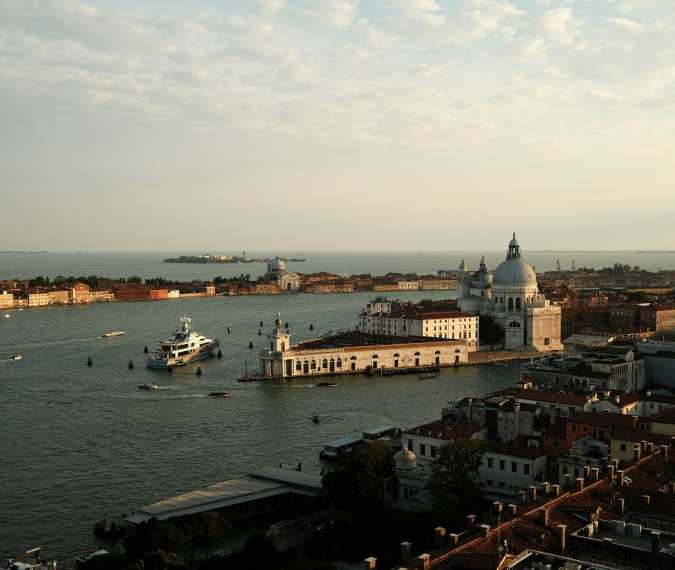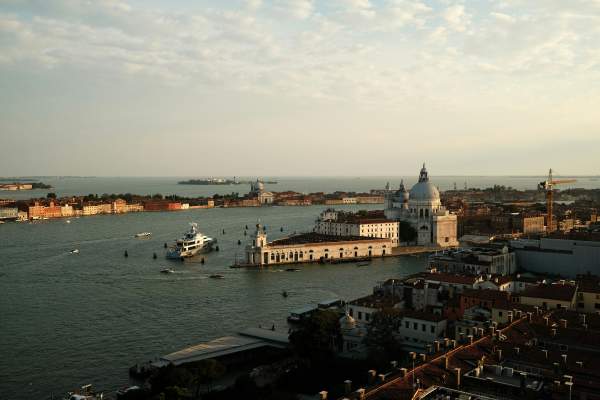
Venice hints at plans to double tourist tax after summer trial made £2m
Venice, one of the world's most iconic and beloved tourist destinations, has been grappling with the challenges of overtourism for years. The city recently conducted a summer trial of a €5 day-tripper tourist tax to manage the massive influx of visitors. The results were notable, prompting city officials to consider doubling the tax, which sparked both support and controversy.
Venice has long been a magnet for tourists, drawing millions each year with its historic canals, stunning architecture, and rich cultural heritage. However, this popularity has come at a cost. The city, home to just around 50,000 residents, is often overwhelmed by the sheer number of visitors, particularly during peak tourist seasons. This has led to concerns about the sustainability of tourism in Venice, with fears that the continuous influx of tourists could irreparably damage the city's unique character and way of life.

Photo: unsplash.com/jorbrain
To address these concerns, Venice introduced a tourist tax aimed at day-trippers who visit the city without staying overnight. The rationale was that such visitors contribute to the city's congestion and wear and tear without providing much economic benefit through accommodation spending. The tax was seen as a way to mitigate these impacts while generating revenue for the city.
The €5 tourist tax trial period ran from 25 April to 14 July, targeting day-trippers who entered the city. The tax was straightforward: visitors not staying overnight in the city had to pay a €5 fee, collected either through an online system or paper tickets. To ensure compliance, tourists were required to download a QR code as proof of payment.
This tax was part of Venice's broader strategy to manage tourism more effectively and ensure visitors contribute to the city's upkeep.
The financial outcome of the trial was significant. Over 29 days, the tax was paid 485,062 times, generating around €2.4 million (£2 million) for the city. This revenue highlighted the potential of the tax as a tool for managing visitor numbers and funding city services.
The average daily collection from the tax was impressive, indicating robust compliance among visitors. The inclusion of paper access tickets, which accounted for about 1,000 daily entrances, further bolstered the total revenue.
During the trial period, Italians made up the majority of visitors, accounting for 60% of the total. Following them were tourists from the United States, Germany, and France, with each nationality comprising between 4% and 6.5%. This demographic breakdown offers insights into who the primary contributors to the tax were and underscores Venice's global appeal.
In light of the trial's success, city officials have hinted at plans to double the tourist tax to €10 on certain days. This proposal aims to further regulate the flow of visitors, particularly during peak periods when the city is most vulnerable to overcrowding. Doubling the tax could also significantly increase revenue, providing more funds for maintaining Venice's infrastructure and services.
However, the final decision on this matter has been deferred until the autumn, pending a complete analysis of the trial data. The outcome will likely depend on carefully considering both the financial benefits and the potential impact on tourist behavior.
Venice's experiment with a tourist tax marks a significant step in its ongoing efforts to manage the challenges of over-tourism. The summer trial's success has paved the way for potential changes, including the doubling of the tax, which could further enhance the city's ability to control visitor numbers and generate revenue.
As Venice continues to refine its approach, the key will be finding a balance that protects the city's heritage, supports its economy, and ensures that it remains a welcoming destination for visitors worldwide.


